Entry Category: Scott
Puryear (Scott County)
Ritz (Scott County)
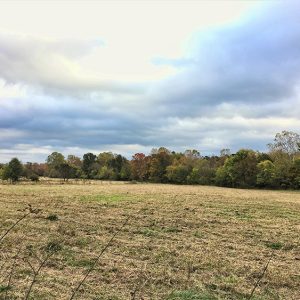 Ritz Landscape
Ritz Landscape
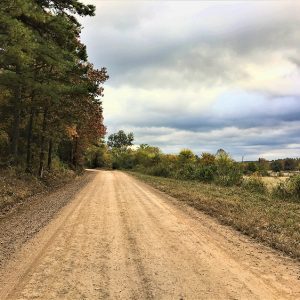 Ritz View, North
Ritz View, North
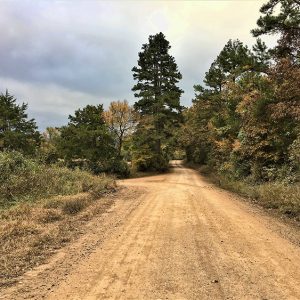 Ritz View, South
Ritz View, South
Sensation (Scott County)
Shiloh (Scott County)
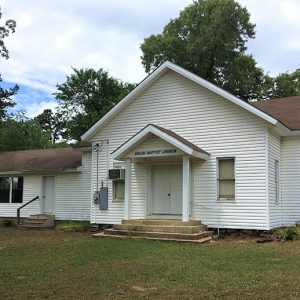 Shiloh Baptist Church
Shiloh Baptist Church
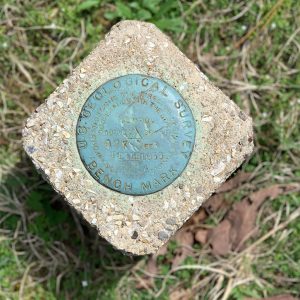 Survey Marker
Survey Marker
The Pines (Scott County)
Tintop (Scott County)
Union Hill (Scott County)
Waldron (Scott County)
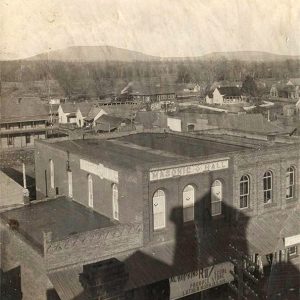 Waldron Aerial View
Waldron Aerial View
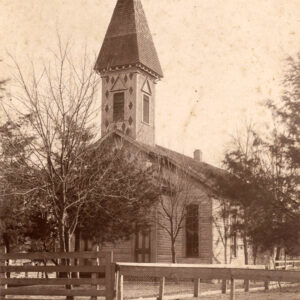 Waldron Church
Waldron Church
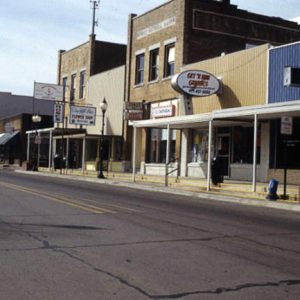 Waldron Commercial Historic District
Waldron Commercial Historic District
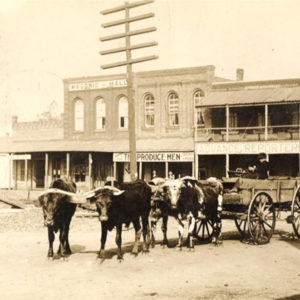 Waldron Produce
Waldron Produce
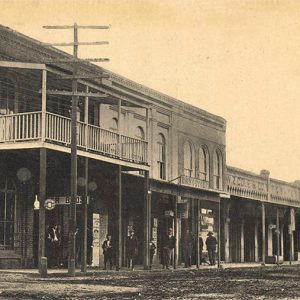 Waldron Street Scene
Waldron Street Scene
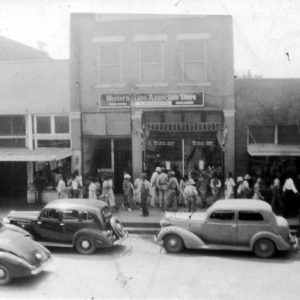 Waldron Western Auto Store
Waldron Western Auto Store
Weeks (Scott County)
Winfield (Scott County) [Northeast]
Winfield (Scott County) [West]
Y City (Scott County)
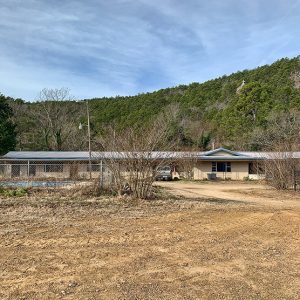 Y City Mountain Inn Motel
Y City Mountain Inn Motel




